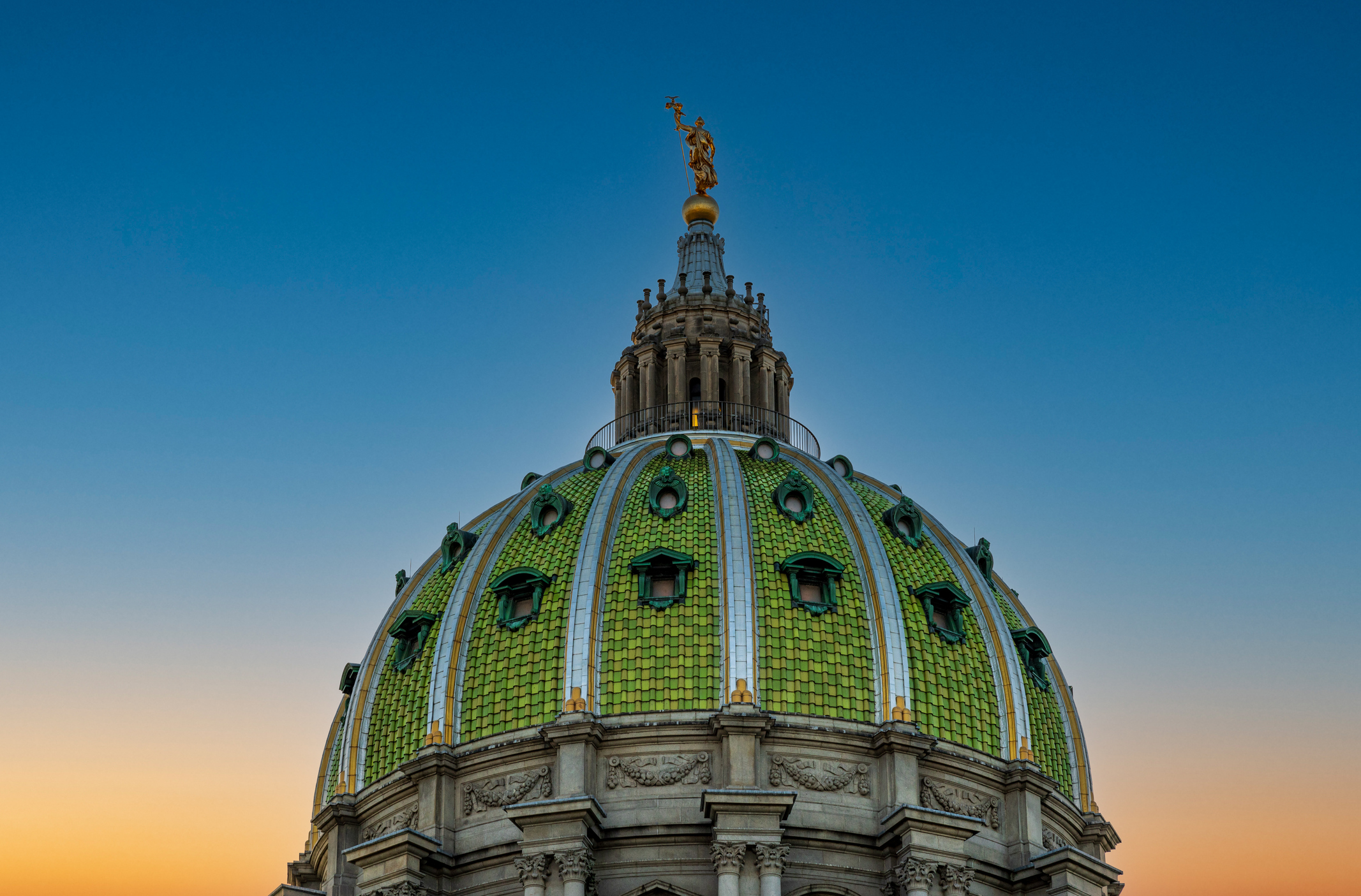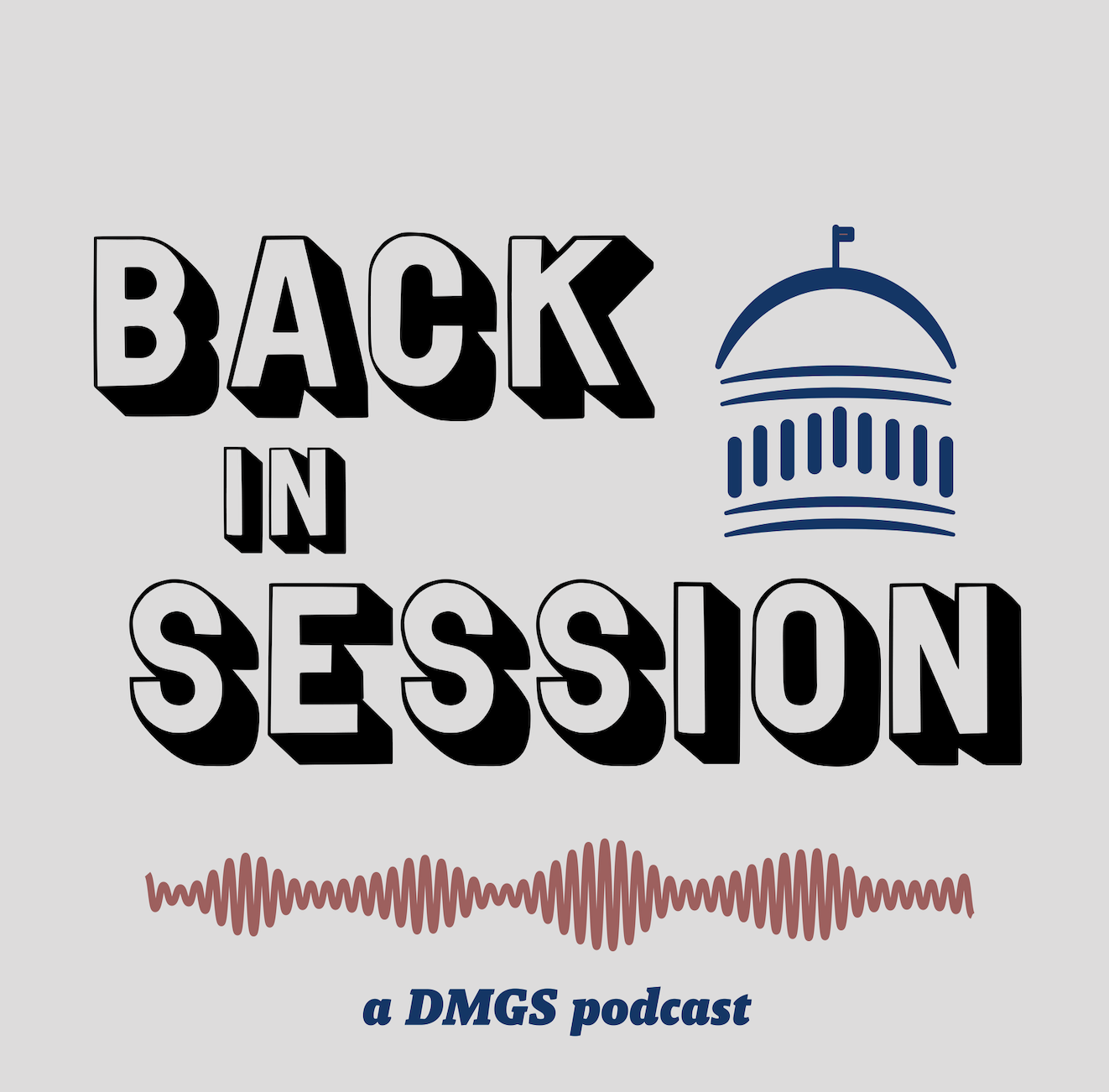
By: Ryan J. Stevens
As numerous states around the country are delaying their respective primaries due to COVID-19, the issue of mail-in voting, or vote by mail, has come to the forefront during this year’s presidential election cycle. For years, voters have traditionally cast their ballots in person. However, a new option has emerged in recent years: mail-in voting.
The ability to vote by mail has seen its popularity increase in recent years and varying degrees of mail-in voting have been implemented in different states across the country. At least 34 states, including Washington D.C., allow voters to cast their ballots via mail.
Public sentiment on this issue has shifted dramatically. A poll in 1996 found that 48% favored allowing voting by mail for all voters, while 47% opposed. Meanwhile, a recent survey showed that 58% of voters support mail-in voting in general, with 39% opposed. An additional 9% supported the notion of being able to vote by mail for only this November. Another poll indicated even higher support, finding that 72% support a requirement for mail-in ballots to protect against COVID-19, including 79% of Democrats and 65% of Republicans.
There are different forms of voting by mail: excuse required absentee voting, no-excuse required absentee voting, permanent absentee voting and vote by mail. In 2004, the total number of voters who voted via early voting, absentee ballot or by mail was 24.9 million. This number jumped to 57.2 million in 2016, a significant increase.
As public sentiment towards the issue increases, will action by state legislatures increase along with it? Have there been any recent initiatives to address mail-in voting? How will COVID-19 impact this important issue?
Colorado
While many states are grappling with how to proceed with their elections in the face of the global pandemic caused by COVID-19, Colorado is not one of them. Colorado has had vote by mail for nearly six years following the legislature’s passage of HB 1303, the Voter Access and Modernized Elections Act, in 2013. Under this law, every eligible voter in Colorado receives a ballot in the mail and they can either mail the ballot back or return it to one of the hundreds of drop-off locations around the state. However, they do still offer in-person voting. At the time of this writing, Colorado is only one of five states in the country to pass legislation to this effect allowing all elections to be held via mail. The others are Hawaii, Oregon, Utah and Washington.
In Colorado, nearly three out of four voters returned their mail-in ballots in the last presidential election in 2016. This year’s presidential primary saw nearly half of voters participate.
California
California, like Colorado, got ahead of the curve when it comes to mail-in voting. The data confirms this – less than 20% of voters cast a mail-in ballot in the 1992 general election, compared to nearly 2/3 during the 2018 election. This dramatic increase in the use of mail-in voting is due to California taking action in recent years to ramp up its use of voting by mail.
In 2013, California’s legislature passed the Voter’s Choice Act that allows counties to opt into conducting all elections by mail. 14 counties were allowed to conduct elections by mail in 2018 and as of 2020 any county may conduct an election via mail-in voting. In March’s primary election, 75% of voters received a ballot via mail.
In the legislature, Assembly Bill 860 would require county elections officials to mail a ballot to every registered voter for the 2020 statewide general election. The bill was introduced to account for COVID-19 in case the pandemic extends through November. Under this proposal, limited in-person voting would still be made available. At this time, only 15 counties automatically send voters a ballot, which would change to each county under AB 860. The bill passed the state House and is now in the state Senate.
Governor Newsom has taken additional steps, issuing an executive order in March permitting vote by mail to be used in three California special elections. State law would ordinarily require these elections to be conducted in person, but the EO allows for California’s existing vote by mail procedures to be used for the special elections.
New Jersey
Lawmakers in New Jersey have passed a few laws in the last few years expanding mail-in voting. In 2018, the law changed from a voter being able to apply for a mail in ballot, to a voter automatically being mailed a ballot if they previously voted by mail in 2016. As a result, 42% of New Jersey voters mailed in their ballots prior to election day in the 2019 general election. This marks a 110.8% increase over 2015.
Other states, like New Jersey, have laws on the books allowing for mail-in voting for certain jurisdictions based on population. In the Garden State a municipality with a population of 500 or fewer persons may conduct elections via mail. Other states that have similar guidelines include Idaho, Minnesota, Nevada and New Mexico, although they all vary in specifics.
This year, Governor Phil Murphy took executive action in delaying special and school board elections until May and making them vote by mail only.
Pennsylvania
Last October, the Pennsylvania General Assembly passed Senate Bill 421, which made numerous election reforms in the Commonwealth. Included in these changes is authorizing voters in the state to request an absentee or mail-in ballot without having to provide a reason, breaking from previous rules allowing for absentee ballots to be used only if you were absent from the municipality or you were physically unable to vote in person.
This legislative session, lawmakers in Pennsylvania have introduced numerous pieces of legislation to address the issue of mail-in voting in the face of COVID-19. These range from mailing a ballot application to every voter for the 2020 election (SB 1098), changing all elections in PA to be conducted entirely by mail, or allowing the Department of State to identify elderly citizens and automatically mailing them a vote by mail application.
Further, it was recently reported that officials in more than a dozen Pennsylvania counties, which account for nearly 3 million voters, are calling for an all-mail primary election. The election has already been postponed from April 28 to June 2 via legislative action, and Allegheny County Executive Rich Fitzgerald recently announced that the county, home to Pittsburgh, will send out non-excuse mail-in ballot applications (with prepaid postage) to every registered voter in the county who has not already applied for a mail-in or absentee ballot. Fitzgerald had previously called for an expansion of Pennsylvania’s emergency declaration to allow for mailing a ballot to all registered voters, but that idea was rejected by Republicans in the state legislature. As a result, the county went ahead and began sending out ballot applications.
Delaware
Similar to Pennsylvania, Delaware has traditionally only allowed voting by absentee ballot if they were unable to be at their polling location. However, House Bill 73 in the Delaware legislature was recently passed to allow for no-excuse absentee ballot voting. This measure had previously failed in 2019.
There is a big difference between Pennsylvania and Delaware when it comes to allowing for no excuse absentee ballot voting: to change the law in Delaware requires a constitutional amendment. As such, House Bill 73 must pass again in the next legislative session.
Another bill in the state legislature, House Bill 175 would allow any voter to vote by mail. This bill, which has only passed through committee at the time of this writing, would take effect upon being signed into law. However, the General Assembly has postponed their 2020 legislative session indefinitely in order to prevent the spread of COVID-19. As a result, it remains unclear what this means for voting in 2020.
What does the future look like for voting?
In addition to action at the state level, federal legislators have weighed in as well. House Democrats have called on Congress to send $4 billion to states to allow for voting by mail due to COVID-19. Further, Senators Amy Klobuchar (D-Minn) and Ron Wyden (D-Ore) recently introduced a bill to require all states to allow voters to cast their ballots by mail and expand in-person early voting.
Time will tell how deeply the spread of COVID-19 will impact how Americans vote and how each state will handle this growing issue. This remains a fluid situation and action at the state level is constantly changing. For example, New Hampshire Gov. Chris Sununu (R) announced in early April that the Granite state will allow mail-in ballots for the November election if the coronavirus remains a factor at the time. The New Hampshire state legislature did pass a bill last year allowing for vote by mail, but it was vetoed by Gov. Sununu.
Challenges may confront states considering implementing or expanding mail-in voting. Out of 136 million ballots cast for president in 2016, about a quarter were mailed in. It is estimated that number could increase to over half, particularly if the threat of COVID-19 continues through November. With this large increase, ballot printing services could become overwhelmed and it is yet to be determined how states will combat this issue.
The Coronavirus may have its fingerprints on the way we vote in America in 2020 and further years. Will more states allow for mail-in voting in 2020? Will they pass laws allowing for this option beyond this year? Stay tuned.
Latest News
Photo credit: iStock.com/sommart In 2025, state governments across the U.S. are advancing initiatives to improve administrative efficiency and modernize civil service, adopting tailored strategies to better serve residents. Recognizing the importance of adaptability, innovation, and [...]
Photo credit: iStock.com/BackyardProduction Governor Josh Shapiro delivered his 2025-26 budget address, outlining economic initiatives, public safety measures, infrastructure improvements, and education funding. His speech emphasized continued investment in key sectors to strengthen Pennsylvania’s [...]
In this episode of the Back in Session podcast, hosts Ryan Stevens and Ryan DeMara sit down with Terra McClelland, President of the State Government Affairs Council (SGAC) and Vice President of Government and External [...]
Photograph taken inside the state capitol of the spectacular 272-foot, 52 million-pound dome. On February 6, 2024, Pennsylvania Governor Josh Shapiro (D) delivered his 2024-25 Budget Address. Shapiro's 2024 budget aims to provide tangible benefits [...]






Stay In Touch